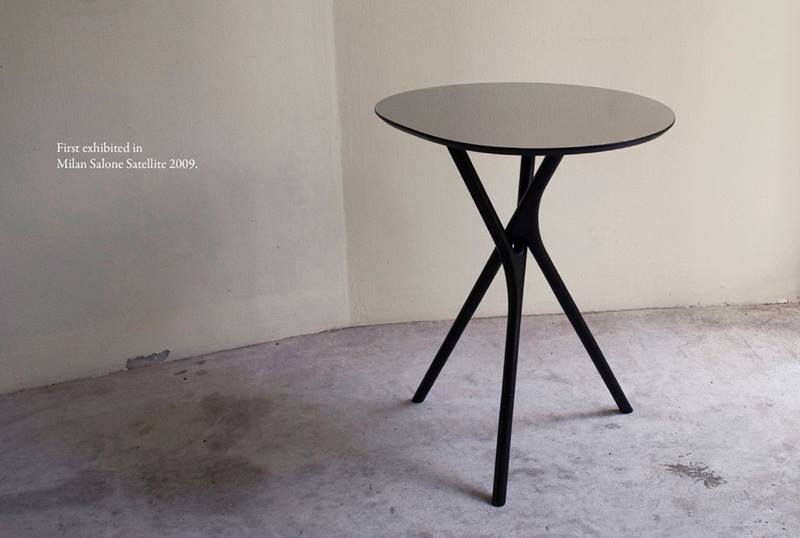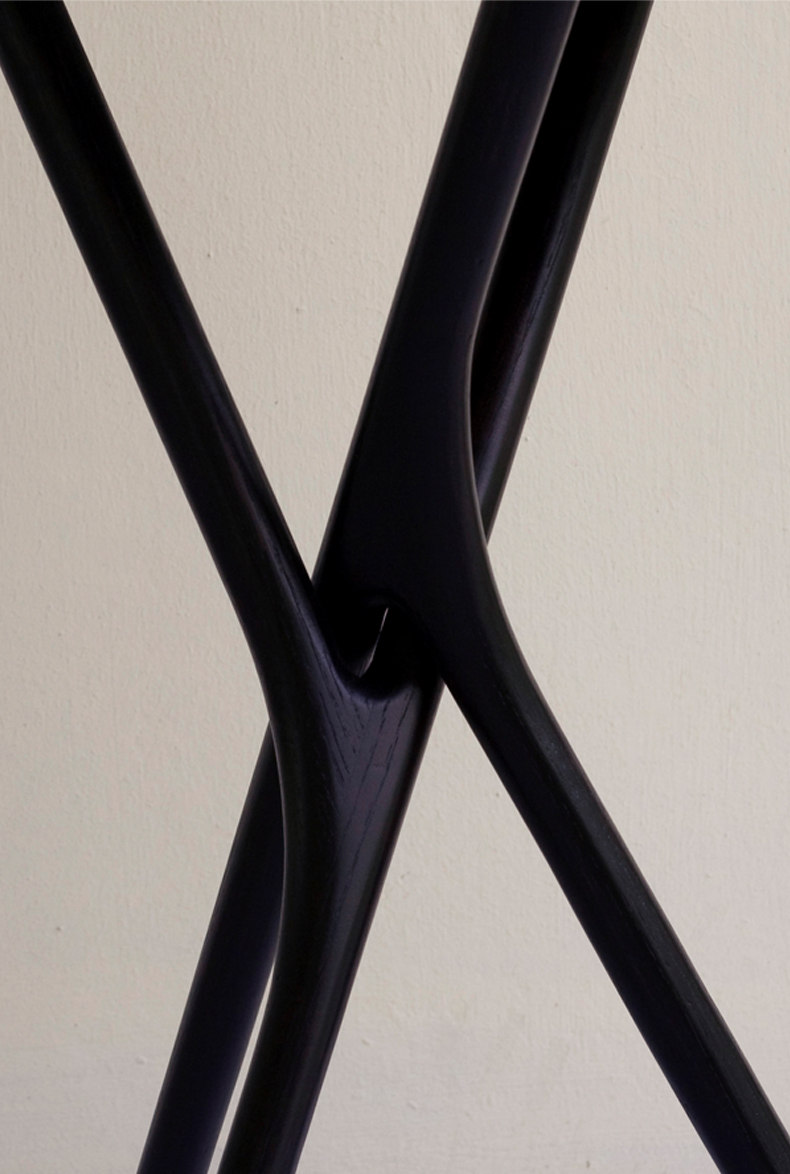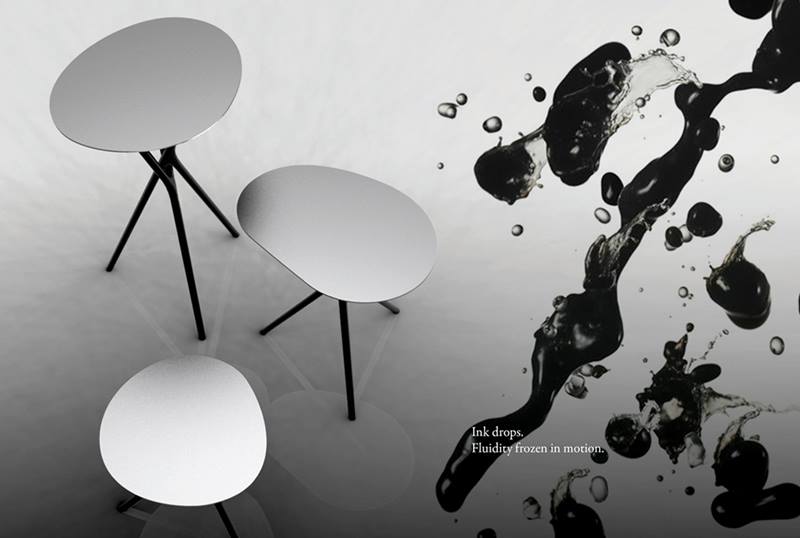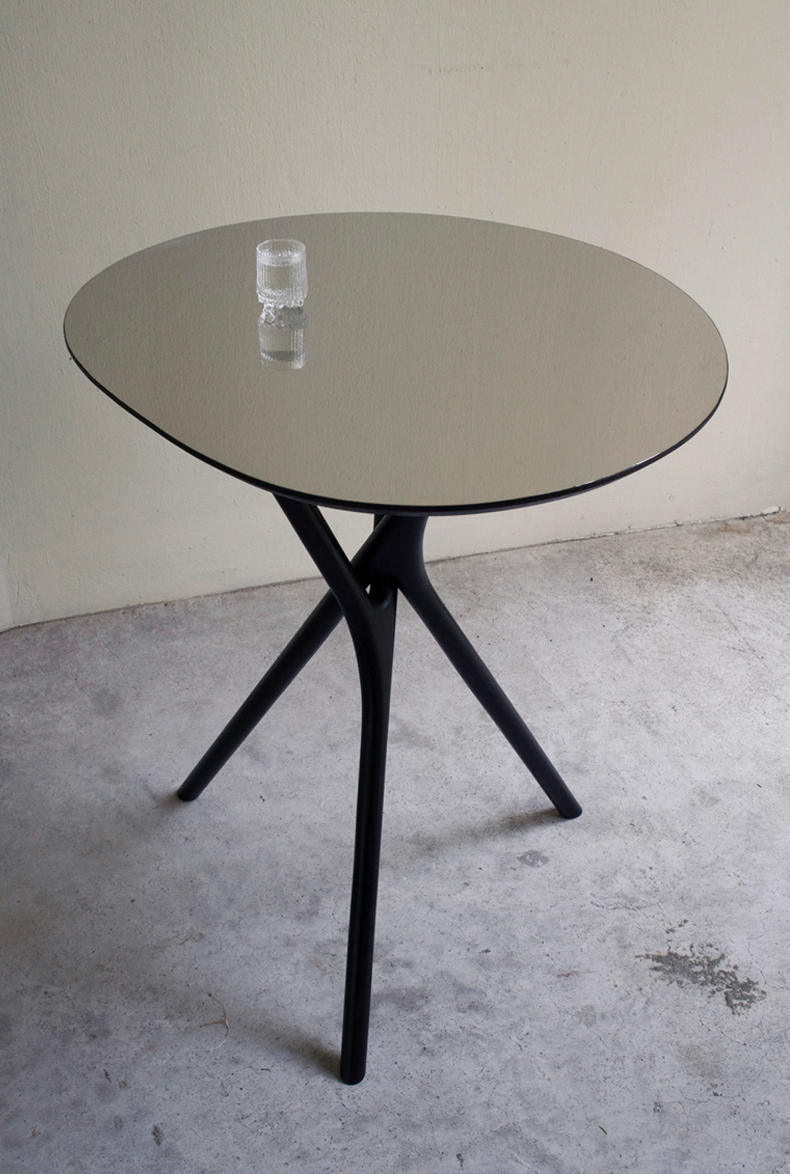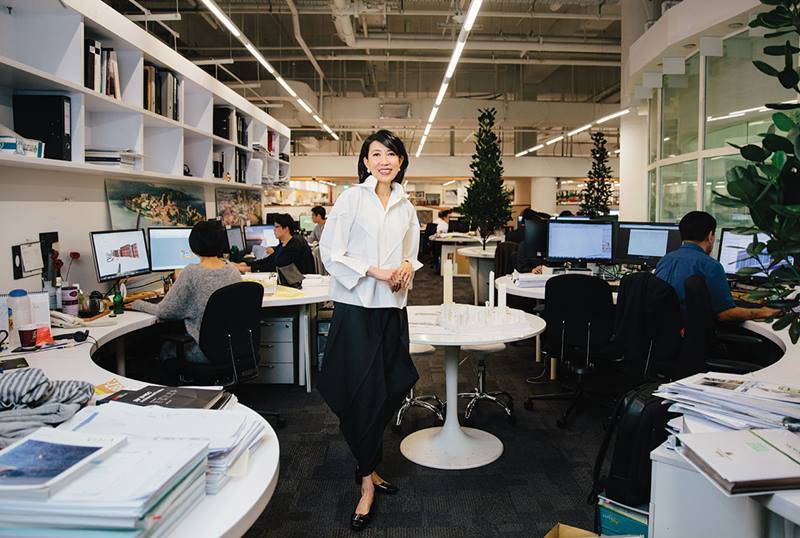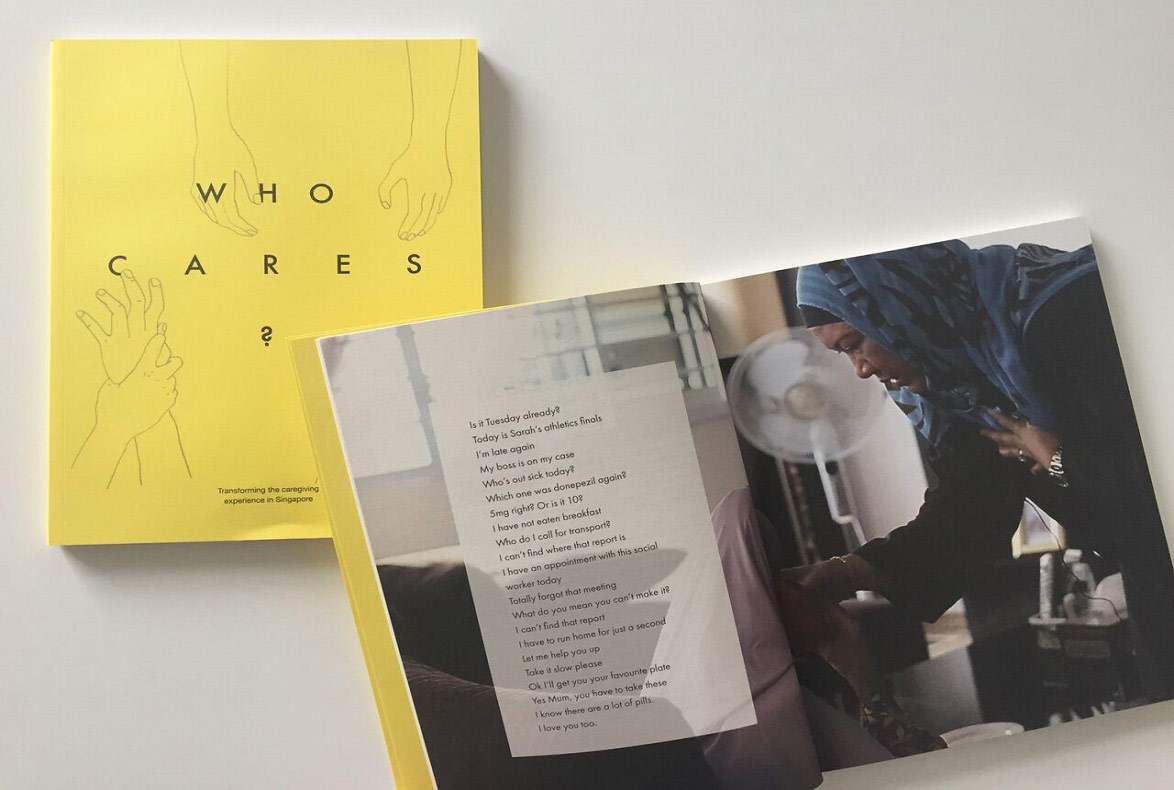* DESIGN OF
THE YEAR 2010
Black Forest Table
In creating the Black Forest Table, Outofstock was inspired by fallen tree branches to design a unique joint for the table. Consisting of two interlocking Y-shaped oak junctions and an asymmetric top, the table can be disassembled into three separate parts for flat shipping. The stainless steel tabletop creates the visual analogy of a pool of water, reflecting the objects placed on it.
The main challenge in designing the table was its departure from classic table structures, as the team wanted to create a tripod base from four rods instead of the traditional three. To realise the detail of the table’s unique Y-joint, constant dialogue was necessary as the design team worked with different craftsmen to experiment with various traditional woodworking techniques. Multiple prototypes were made over three years to achieve the strong finger-joint at the Y-junction. In the final design, the table legs were sculpted from slightly conical rods for added stability.
The Black Forest Table has attracted the attention of leading French furniture manufacturer Ligne Roset, which launched the first version of the table with the stainless steel top at imm cologne in January 2010. The furniture company later launched another version of the table with a black top at the Milan Design Week in April 2010.
Says Outofstock, “The collaboration with Ligne Roset was pretty interesting. For us, it meant working with a world-famous furniture editor for the first time and we learnt a lot from it. The way they approach the development of a new item for a new collection was different from what we had experienced before.”
Regarding the design journey that produced the winning Black Forest Table, Outofstock says, “We value our conversations with the craftsmen we work with and we see the value of the experience and the skills we could lose in the near future. The current generation of local craftsmen is facing competition from abroad and the industry lacks youths to continue their work. We hope our design can be a testament to their craftsmanship and, if possible, bring recognition to these masters.”
READ MOREABOUT THE DESIGNER
The cross-continental design collective Outofstock was born out of a fortuitous meeting in Stockholm, where Gabriel Tan and Wendy Chua from Singapore, Sebastián Alberdi from Spain and Gustavo Maggio from Argentina met at Electrolux Design Lab 2005. They connected, kept in touch and decided to collaborate in 2006. This collaboration grew into a studio offering spatial, product and furniture design services.
While they are a group from various disciplines and countries, this diversity is a positive one and works to their advantage. Says the team,
“We are aware that our creative energy derives from our differences and not from any fixed formula.”
As a design collective, Outofstock describes the 2009 Salone Satellite show as its breakthrough. The team says, “It wasn’t till that moment that we had the chance to collaborate with a wider number of international furniture brands. The quality of the products we exhibited there plus the good feedback we received from visitors was the best signal that we were going in the correct direction.”
READ MOREDESIGNER
Outofstock
Wendy Chua, Designer
Gabriel Tan, Designer
Sebastian Alberdi Iannelli, Designer
Gustavo Maggio, Designer
PROTOTYPE CRAFTSMAN
Usaha Furniture
CLIENT
Ligne Roset
Insights from the Recipient
Citation
Jury Citation
The designers of Outofstock have demonstrated their ability to create this visually memorable piece of furniture with lightness of touch. Their inspiration from natural elements like ink droplets and branches are alluded to but not overlaboured. Their nod to these initial starting points is just sufficient to create the table’s unique visual identity.
It consists of interlocking Y-shaped wooden branches that form three points of contact with the floor and three points of contact with the steel-faced tabletop. The organic contours of these branches act in counterpoint to the droplet-shaped polished stainless steel table surface.
The physical and visual fulcrum is in the interlock of the branches. The branches touch but not at the elbow of each piece, thus leaving a gap where one thinks there should be a solid connection. Hidden fixings facilitate this visual illusion, enabling stability where one thinks there is none. Similarly the tops of the branches seem to lightly touch the underside of the table surface. Here again hidden fixings between the branches and the tabletop enable a solid connection between the two.
The simplicity and subtlety of design attest to the designers’ sureness of hand and well formed understanding of the commercial value in furniture. The subtle introduction of craft in the context of mass production could point to a future path in modern furniture design.
VIEW JURORSNominator Citation
MR FELIX LOW
DIRECTOR AND FOUNDER
URBAN FOUNDRY PTE LTD
Black Forest is as much a statement of craftsmanship as it is of design. Deceptively simple in form but well proportioned, the organic joints where the tripod legs interlock are powerful and captivating. The fact that Black Forest was designed to be a mass production piece, and not a one-off work, is all the more impressive. This reality can only be realised if company, designer and craftsman work hand in hand, and that is exactly what happened when Ligne Roset decided to produce the design and launch it as part of their 2010 home collection. I believe that Black Forest is one of the most iconic pieces of furniture designed by a Singapore-based designer in recent years and I wish the Outofstock team all the best in its nomination for the President’s Design Award.

